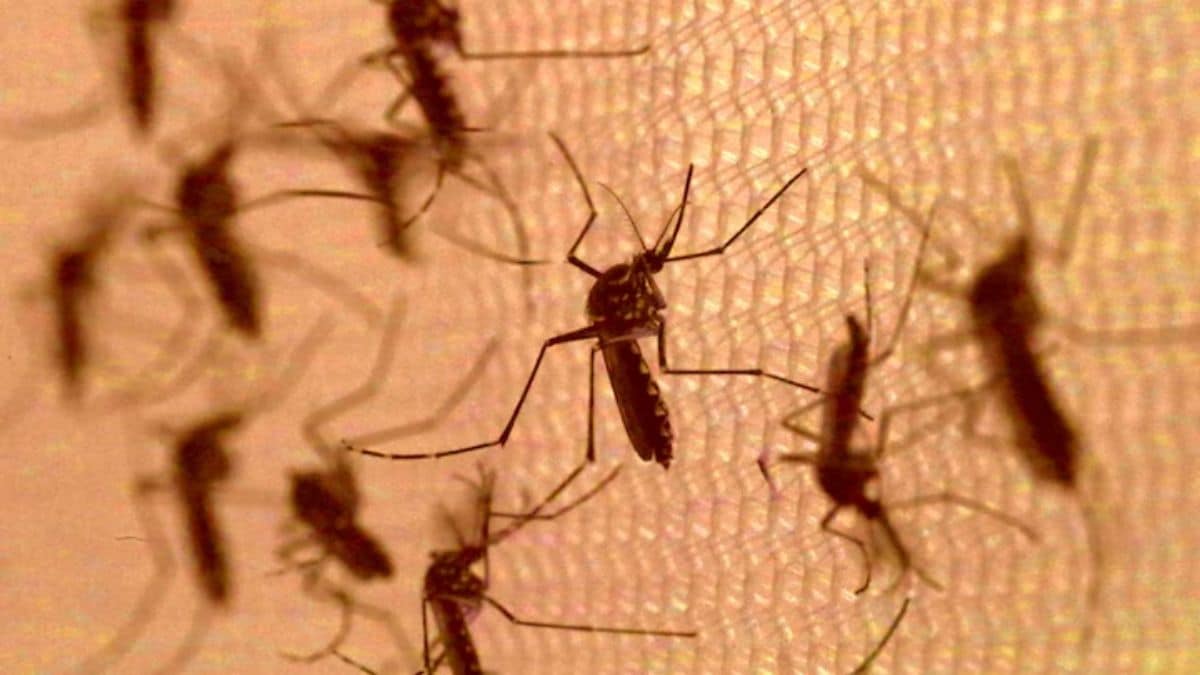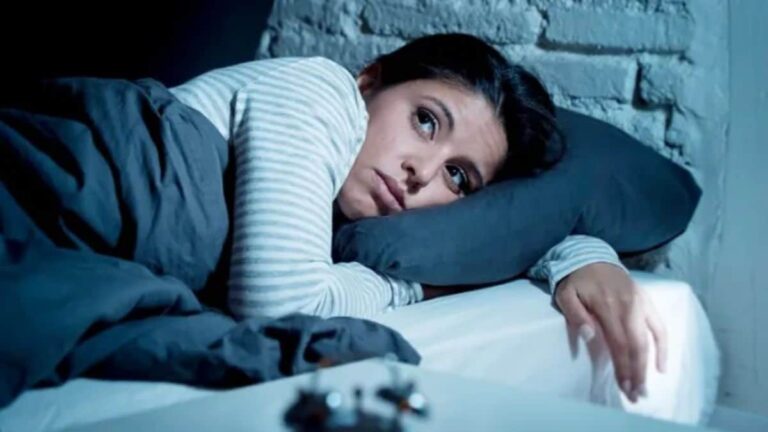As summer sets in, doctors warn that heat, stagnant water and increased outdoor exposure are driving malaria risks higher. With the WHO flagging seasonal shifts and behavioural patterns as key contributors, timely prevention and awareness can help avert pre-monsoon outbreaks.
read more
As temperatures rise across India, health experts are raising alarms over malaria transmission during summer, an often-overlooked seasonal danger. While monsoon months are traditionally linked to vector-borne diseases, medical experts say that summer lays the groundwork for intensified malaria outbreaks, creating perfect conditions for the Anopheles mosquito, the vector of the Plasmodium parasite.
Firstpost talked with Dr Satish Koul, Senior Director & Unit Head, Internal Medicine, Fortis Memorial Research Institute (Gurugram) and Dr Tushar Tayal, Consultant, Internal Medicine, CK Birla Hospital, Gurugram to understand how summer conditions increase malaria risk and what people can do to protect themselves.
“The summer heat, combined with pre-monsoon showers, speeds up the parasite’s development inside mosquitoes. It also increases outdoor exposure and water accumulation—both major contributors to malaria risk.”
How summer creates a perfect storm
According to the World Health Organisation (WHO), malaria is a preventable and treatable disease, but still poses a grave threat, especially in tropical and subtropical regions. The rising summer temperatures (especially between 20–30°C) are ideal for both mosquito survival and the Plasmodium parasite’s incubation.
Dr Tayal said “Improper drainage, stagnant water in coolers, gutters, and discarded containers—all typical during Indian summers—become prime mosquito breeding sites, especially in areas with poor sanitation.”
Adding to the risk is human behaviour—greater outdoor activity during evenings and early mornings coincides with peak Anopheles mosquito biting times. In regions where people lack access to bed nets, mosquito repellents, or screened housing, exposure increases dramatically.
High-risk populations and delayed diagnosis
Children, pregnant women, the elderly, and those with chronic illnesses or compromised immunity are particularly vulnerable. Dr Koul pointed out that heat-related dehydration and fatigue can further impair the body’s immune response, making infections more severe.
What complicates detection is that early malaria symptoms—fever, body aches, chills—closely mimic heat exhaustion and viral fevers. In rural or underserved communities, this often leads to delayed treatment or reliance on self-medication, heightening the risk of complications and community-level spread.
Seasonal mobility and travel risk
Summer holidays often see increased travel to forested or rural areas—many of which are malaria-endemic zones. According to Dr Tayal,
“Travel to such locations without prophylaxis or awareness increases the chances of contracting the disease. Migrant labour movement can also contribute to new outbreaks.”
Clinical advice for prevention
Both experts stress proactive prevention as key. Recommendations include:
Eliminating stagnant water from all containers weekly.
Using insecticide-treated bed nets and mosquito repellents consistently.
Wearing protective clothing in the evenings and early mornings.
Seeking medical attention promptly for any unexplained fever or flu-like symptoms.
Consulting a physician for antimalarial prophylaxis if traveling to endemic areas.
Climate Change and Future Outlook
Climate change adds another layer of complexity. With rising temperatures and unpredictable rainfall, malaria zones may expand and transmission seasons may lengthen. As such, community awareness, infrastructure improvements, and preventive care must be at the forefront of India’s malaria strategy.
As the summer heat intensifies, experts warn that tackling malaria requires not just monsoon vigilance but year-round, seasonally adaptive public health action.





















